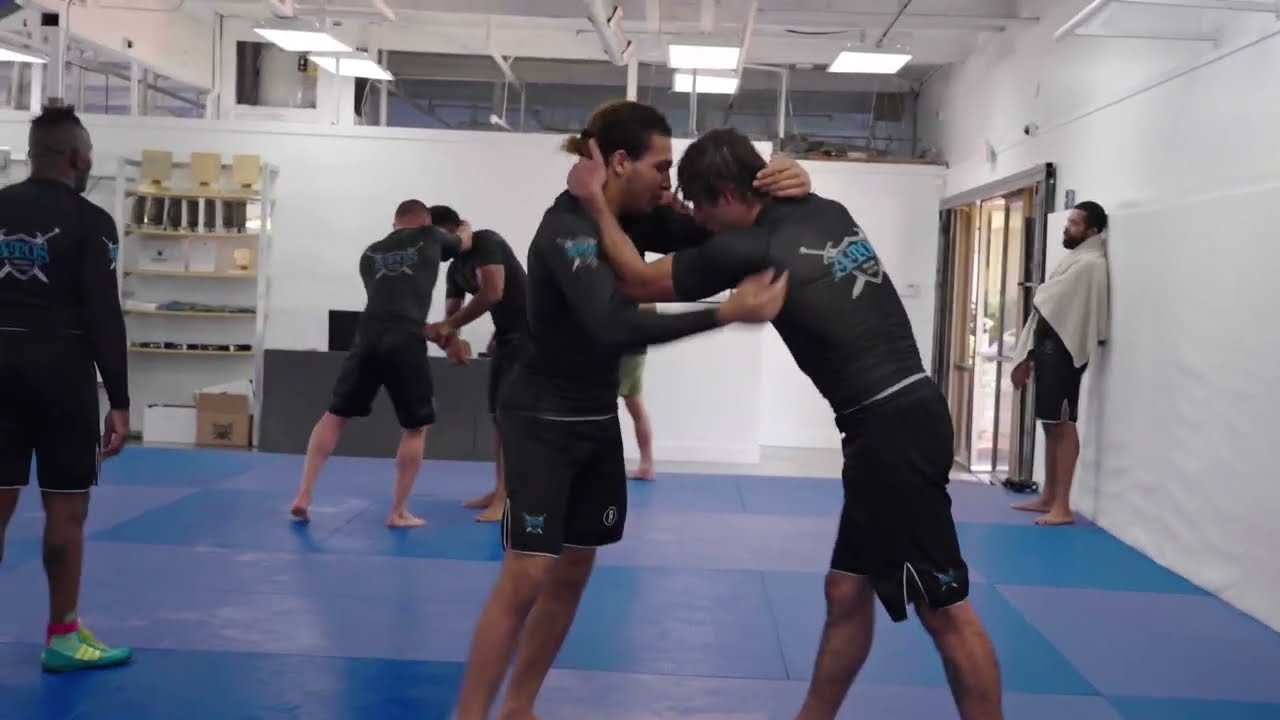
Positional Sparring | Kade Ruotolo Wrestling With Submissions
In “Positional Sparring | Kade Ruotolo Wrestling With Submissions,” viewers are taken on a journey with Kade Ruotolo as he puts in the hard work on his feet in preparation for ADCC 2022. This video, brought to you by FloGrappling, showcases Ruotolo’s dedication to his craft in the world of jiu-jitsu. As you watch, you’ll witness him wrestling with various submissions and perfecting his technique. For those looking to access the latest jiu-jitsu videos, be sure to like, comment, and subscribe to FloGrappling on platforms such as Facebook, Twitter, and Instagram.
The focus in this captivating video is on positional sparring, a crucial aspect of jiu-jitsu training. Through FloGrappling, viewers get an up-close look at Ruotolo’s intense training sessions, highlighting his determination and commitment to honing his skills. As he prepares for the highly anticipated ADCC 2022, this video provides an inside glimpse into the hard work and dedication required to succeed in the world of jiu-jitsu. Don’t miss out on the latest jiu-jitsu videos by following FloGrappling on their social media platforms.
Positional Sparring
Positional sparring is a training method that is widely used in combat sports, particularly in disciplines such as Brazilian Jiu-Jitsu and wrestling. It involves focusing on specific positions or scenarios and practicing specific techniques within those positions. This type of sparring allows athletes to isolate certain aspects of their game and develop a deeper understanding of various positions and transitions.

Introduction to Positional Sparring
Positional sparring is a valuable tool for athletes looking to refine their skills and improve their overall performance in their chosen combat sport. It provides a controlled environment for athletes to practice specific techniques and strategies while addressing their weaknesses and building on their strengths. By breaking down complex positions into smaller, more manageable parts, athletes can develop a deeper understanding of the intricacies involved and enhance their overall proficiency.
What is Positional Sparring?
Positional sparring involves training specific positions and scenarios within a combat sport. It focuses on isolating certain aspects of the game to allow athletes to drill and refine their techniques in a controlled environment. For example, in Brazilian Jiu-Jitsu, positional sparring may involve starting from specific guard positions, such as closed guard or half guard, and working on sweeps, submissions, or escapes from those positions. By limiting the scope of training to specific scenarios, athletes can develop a higher level of proficiency in those areas.
Benefits of Positional Sparring
Positional sparring offers a range of benefits to athletes of all levels and abilities. Let’s explore some of the key advantages that this training method provides:
1. Improved Technique
By focusing on specific positions and scenarios, athletes can concentrate on refining their technique and perfecting their execution. Rather than being overwhelmed by the complexity of a full sparring session, positional sparring allows athletes to break down movements and sequences, ensuring that each technique is performed with precision and efficiency. This attention to detail ultimately leads to improved overall technique and skill development.
2. Increased Stamina and Endurance
Positional sparring can be physically demanding, requiring athletes to exert themselves within specific positions for extended periods. By regularly engaging in this type of training, athletes can build their stamina and endurance, enabling them to sustain their performance for longer durations. The repeated practice and exertion in specific positions mimic the demands of competition, preparing athletes for the rigors they may face in actual matches.
3. Enhanced Tactical Decision Making
Positional sparring provides a platform for developing tactical decision-making skills. Athletes are forced to analyze and strategize within specific positions, considering various options and choosing the most appropriate techniques or transitions. This type of focused training helps athletes become more adept at making split-second decisions during live sparring or competition, giving them a competitive edge over their opponents.
4. Reinforces Proper Fundamentals
Positional sparring allows athletes to reinforce proper fundamentals by repeatedly drilling specific techniques and scenarios within a controlled environment. This focused repetition helps solidify muscle memory and develop a strong foundation in key positions. By mastering the fundamentals, athletes can then build upon this foundation and expand their repertoire of techniques and transitions.
5. Builds Mental Toughness
Engaging in positional sparring can push athletes outside their comfort zones and test their resilience. The controlled environment and focused training provide an opportunity for athletes to face challenges head-on and overcome obstacles. This type of training builds mental toughness, teaching athletes to stay composed, think clearly under pressure, and persevere in the face of adversity. These mental attributes are invaluable in combat sports and can greatly contribute to an athlete’s overall success.
Conclusion
Positional sparring is an essential component of training in combat sports. Its focus on specific positions and scenarios allows athletes to refine their technique, increase their stamina and endurance, enhance their tactical decision-making, reinforce proper fundamentals, and build mental toughness. By incorporating positional sparring into their training regimen, athletes can accelerate their progress, gain a deeper understanding of their chosen sport, and improve their performance in both training and competition. So, whether you’re a beginner or a seasoned competitor, consider incorporating positional sparring into your training routine to take your skills to the next level.

